Laikipia, Kenya
When I met him as a boy, Terence Adamson was an elderly fellow whose face had been half torn away by one of his brother George’s famous lions. His disfigured features made him hard to look at, but Terence taught me how to dowse for water. He’d pick up any old stick and divine with that, or he used a pendulum or two metal rods held out in front of him as if gripping an imaginary steering wheel. In time I reckoned I could find water on my own with bent bits of coat-hanger wire, though I was hopeless at discovering much more than its presence. I used to watch Terence staggering around with his twigs shaking violently as he determined the salinity, flow and yield of water beneath the African soil. I think he occasionally did find fresh, plentiful water. To this day at our beach house on the Kenya coast we have a well that my father dug on Terence’s advice that is so brackish we’ve never drawn a bucket from it, while up on Mount Kenya I saw one of his wells excavated in rock by men with picks and shovels to quite a depth that was bone dry.
I used to watch Terence staggering around with his twigs as he determined the water beneath the African soil
This week the Coconut Man visited the farm. John is a hydrogeologist from Tamil Nadu, but everybody calls him the Coconut Man because this is what he normally uses to dowse. He showers first, then removes his shoes. “I must be connected to the earth,” he says. “Electrically.” He paces off across the savannah, thorns puncturing his footsoles, until he stretches like a crowned crane in its courtship dance, coconut aloft. “Here is water,” he will say. “What blood group are you?” he asks when I volunteer how I dowsed in my youth. “O+.” “Me too,” he says. “It is in our astrology too.” But this week he brought a digital locator rather than a coconut. “If I use the coconut, I cannot bring myself to charge for my time,” he explains. “It must be for free.”
High on the parched plains, as an ostrich and a herd of oryx passed by, John’s instruments began to sing. Rorschach blots of blue appeared on his machine’s screen. “Here is the aquifer,” he announced: 5,000 gallons yield per hour, 900 feet down through the volcanic phonolite rock. Water! It will change everything! Since we first pitched our tent on this land twenty-one years ago, our two dozen springs, which bubble up among black shiny rocks in the valley have provided clean water to the twenty-five people, herds of livestock and all the wild creatures that live on the farm. These springs, the Il Pinguaan, are important enough in the landscape for me to have found them in an old Times Atlas of the World. They yield the same flow in drought or flood, but they are so alkaline they’ll turn your teeth black, so all our water for drinking and cooking comes from the rain that falls on the farm buildings’ tin roofs. I’ve excavated dams and hafirs to collect heavy downpour runoff, hoping to reach an area of fifty acres before I die — but I have a long, long way to go. We need the water in our arid home, where we just survived a three-year drought. “In Laikipia, rainfall varies throughout the year and year to year,” my neighbor Tom told me when I first knew the valley three decades ago. “You can receive any amount of rain in any month, from zero to ten inches, so drought or flood are hard to predict.”
In my family, water stories become legends. During the 1950s, my parents settled a cattle ranch on Kilimanjaro’s western slopes. Only the Ngare Nanyuki, a red river flowing off the black volcano of Meru, provided permanent water. This was so highly contaminated with fluoride that even cattle and game could not drink there except in desperation. My father set about drilling a borehole at the foot of a hill. An elderly Afrikaner who had lived in the district since fleeing Kitchener in 1904 said: “I tell you, Oom Hartley. You will never find water here.” My parents were hard-up for cash after settling the ranch and every foot the drill went meant another hour of night fears about debt.
The drill bit churned into the guts of Kilimanjaro’s volcanic rocks. At 130ft, no water. No water at 320ft. At 400ft, Dad said they were broke. Mom urged: “One more week — we’ll go to 500ft.” The old Afrikaner said: “I told you British. No water here.” Even if they found water, everybody said it would be as poisonous as the red river Nanyuki. At 460ft, Dad said we were done. No money. No water.
But they went on madly, until at 500ft a geyser of water spouted high into the air and splashed down onto the bone-dry soil. It gushed at 1,500 gallons an hour and the water, which was both fresh and pure, helped build my family’s ranch (until the socialists seized it sixteen years later).
This article was originally published in The Spectator’s UK magazine. Subscribe to the World edition here.



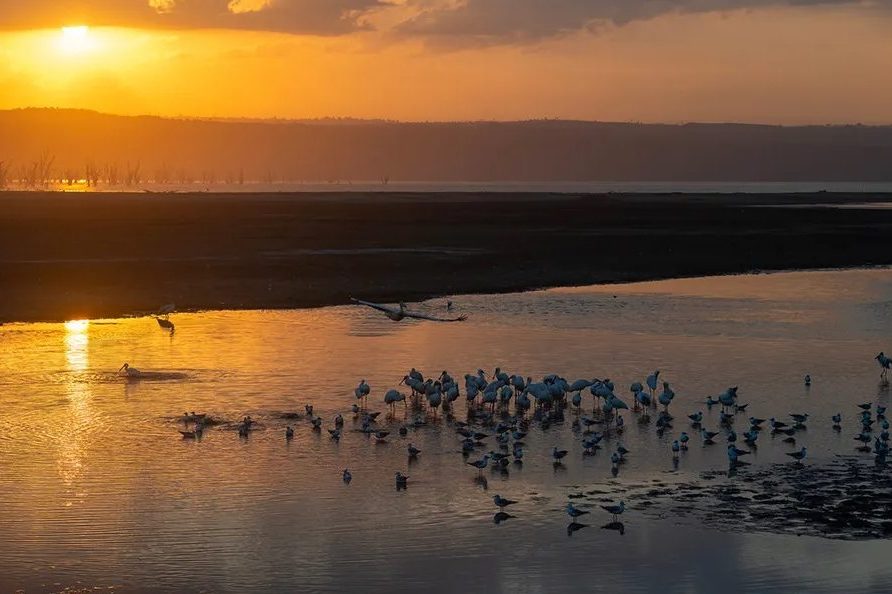






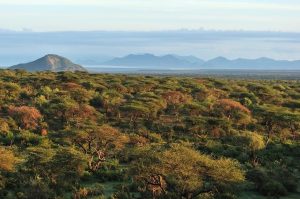

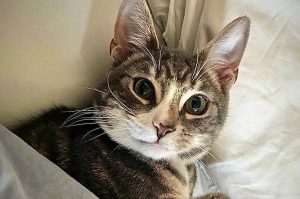

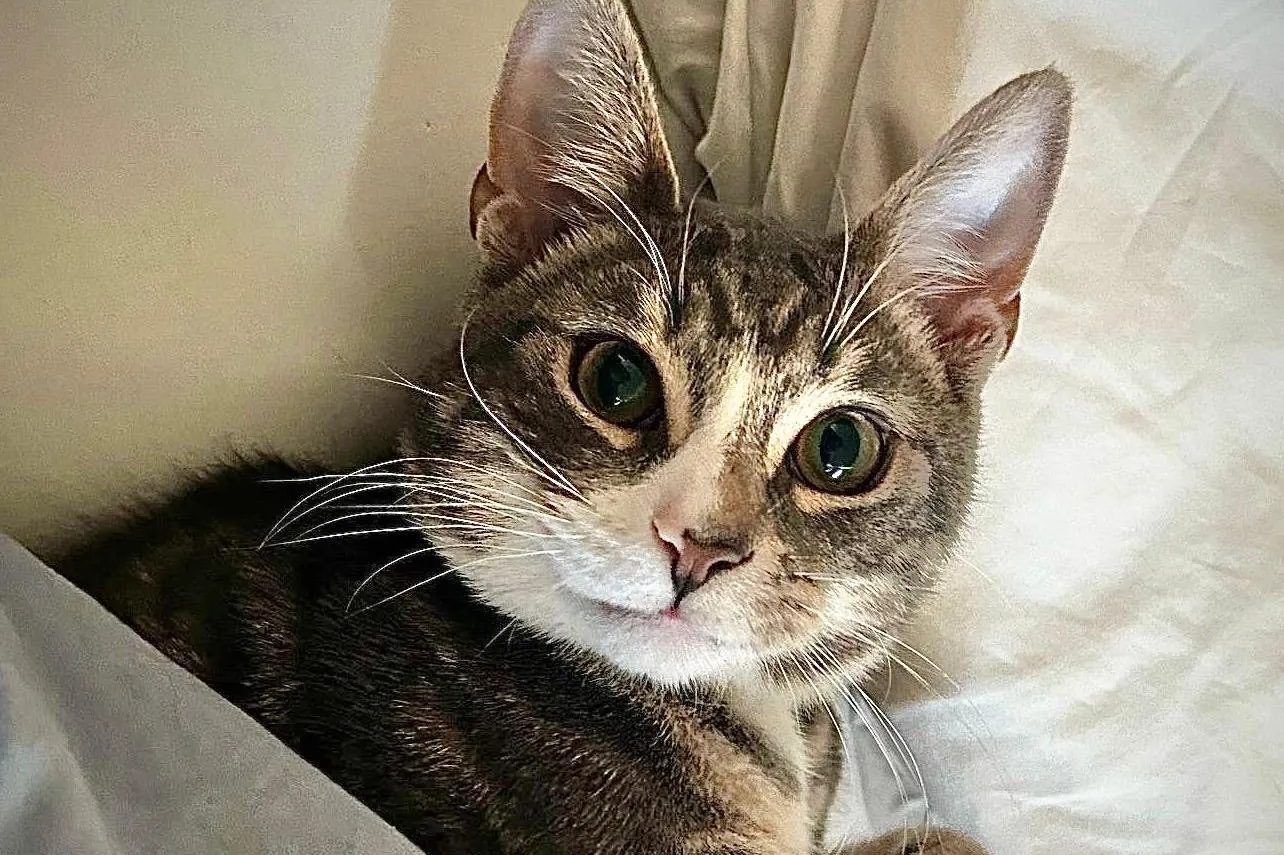

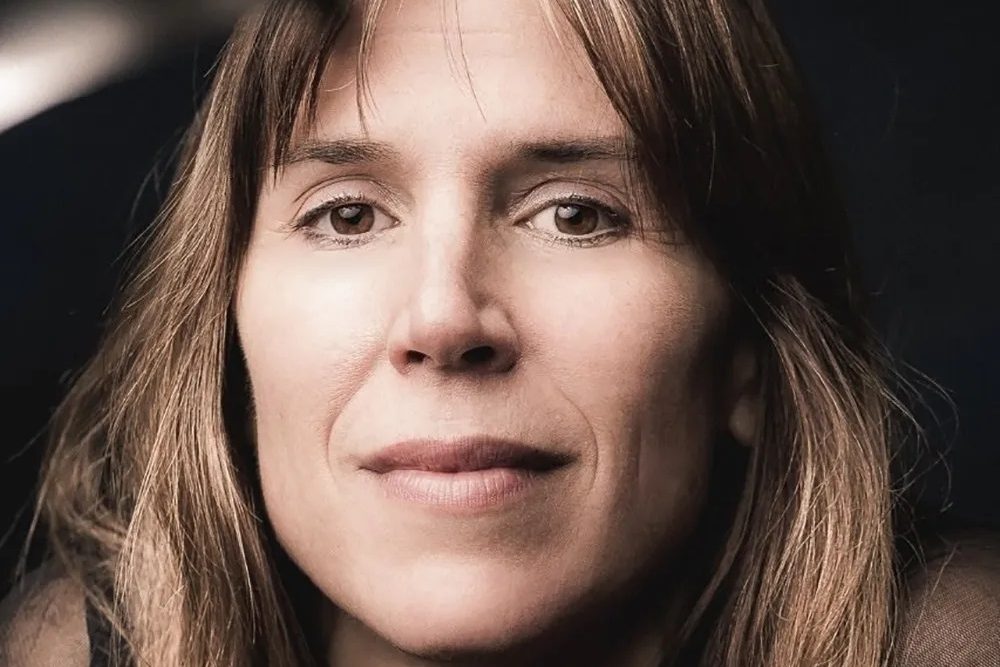









Leave a Reply